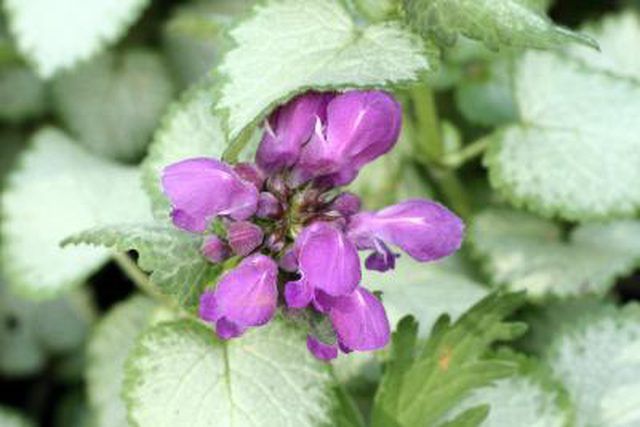Bulbs
Flower Basics
Flower Beds & Specialty Gardens
Flower Garden
Garden Furniture
Garden Gnomes
Garden Seeds
Garden Sheds
Garden Statues
Garden Tools & Supplies
Gardening Basics
Green & Organic
Groundcovers & Vines
Growing Annuals
Growing Basil
Growing Beans
Growing Berries
Growing Blueberries
Growing Cactus
Growing Corn
Growing Cotton
Growing Edibles
Growing Flowers
Growing Garlic
Growing Grapes
Growing Grass
Growing Herbs
Growing Jasmine
Growing Mint
Growing Mushrooms
Orchids
Growing Peanuts
Growing Perennials
Growing Plants
Growing Rosemary
Growing Roses
Growing Strawberries
Growing Sunflowers
Growing Thyme
Growing Tomatoes
Growing Tulips
Growing Vegetables
Herb Basics
Herb Garden
Indoor Growing
Landscaping Basics
Landscaping Patios
Landscaping Plants
Landscaping Shrubs
Landscaping Trees
Landscaping Walks & Pathways
Lawn Basics
Lawn Maintenance
Lawn Mowers
Lawn Ornaments
Lawn Planting
Lawn Tools
Outdoor Growing
Overall Landscape Planning
Pests, Weeds & Problems
Plant Basics
Rock Garden
Rose Garden
Shrubs
Soil
Specialty Gardens
Trees
Vegetable Garden
Yard Maintenance
Lamium Plant Care
Lamium Plant Care. Successful shade gardeners welcome plants that light up the shadows. Lamium (Lamium spp.), commonly known as dead nettle, provides colorful flowers backed by silvery green, ornamental foliage that shines from the depths. With species and cultivars hardy from U.S. Department of Agriculture plant hardiness zone 3 through 9,...

Successful shade gardeners welcome plants that light up the shadows. Lamium (Lamium spp.), commonly known as dead nettle, provides colorful flowers backed by silvery green, ornamental foliage that shines from the depths. With species and cultivars hardy from U.S. Department of Agriculture plant hardiness zone 3 through 9, adaptable dead nettle flourishes in the challenging transition zone between shade and sun. Dozens of species exist, but spotted dead nettle cultivars (Lamium maculatum cvs.), hardy in USDA zones 3 through 8, prevail in U.S. landscapes.
Light and Soil Preferences
In the cooler ranges of their hardiness zones, dead nettles tolerate wide-ranging light levels and offer blooms from spring through frost. Given protection from the day's hottest rays, they tolerate direct sun yet do equally well in deep shade. Hot southern suns prove too much for most cultivars and limit their use to shady spots with cool soil. Overexposed plants suffer leaf scorch or die back to the crown -- a reaction known as melting -- until resurrected by cool, autumn weather. Dead nettles prefer loose, well-drained, fertile, slightly acidic soil, but adapt to alkaline and poor, lean soil, too. Compacted soil does not suit these plants.
Ground Cover Spacing
Dead nettles quickly spread by above-ground, runner-like stolons to form ground covers 24 to 36 inches wide. Many cultivars spread indefinitely in ripe conditions, earning them invasive status in some regions. Recommended spacing varies by the cultivar's habit. "Florentinum" yellow dead nettle (Lamium galeobdolon montanum "Florentinum"), hardy in USDA zones 4 through 8, fills in well when planted 12 inches apart. Golden Anniversary spotted nettle (Lamium maculatum "Dellam") spaced 6 to 10 inches apart forms a blanket of golden foliage. The more aggressive "White Nancy" spotted dead nettle (Lamium maculatum "White Nancy") calls for 18- to 24-inch spacing. Both cultivars are hardy in USDA zones 3 through 8.
Moisture and Fertilizer Needs
Dead nettles prefer evenly moist soil, but good drainage is critical. Overly wet, poorly drained soil often results in preventable fungal disease, stem rot and loss of plants -- particularly over cool winter months. Watch for protected, shaded areas that may not dry out regularly. Monitor moisture so that soil a finger-length down stays damp and cool, never soggy or dried out; adjust your watering accordingly. Dead nettles do not tolerate extended drought, high heat or high humidity. Without consistent moisture, stems melt in the heat. No fertilizers are needed in normal garden soil; sparse, leggy growth results.
Pruning and Pests
Dead nettles share the squared stems and two-lipped flowers of their mint family (Lamiaceae family) heritage. When high temperatures or overly dry shade leaves them less than lush, cut back flowers and stems to renew growth. Use sharp garden scissors or hedging shears, and sterilize the blades with household disinfectant before and after your work. Slugs and aphids can trouble these plants, but damage rarely warrants treatment. Wash aphids from plants with a strong hose blast. An overturned rind of annual melon (Cucumis melo) serves as an overnight slug station. Discard the rind and its slimy inhabitants come morning.
Cultivar Conservation
In addition to their spreading stolons, dead nettles produce prolific seed. These seeds do not produce plants identical to their cultivar parents, creating a garden hodgepodge instead. Weed out seedlings promptly and diligently, before they overtake the planting and their parent. Leaves on spotted dead nettle seedlings are often solid green or green with a white stripe, which stands out against silvery foliage, but identification isn't always simple. Watch for seedlings, and remove them before they spread. Cultivar stems also may revert back to solid-green leaves. Prune these stems off immediately.